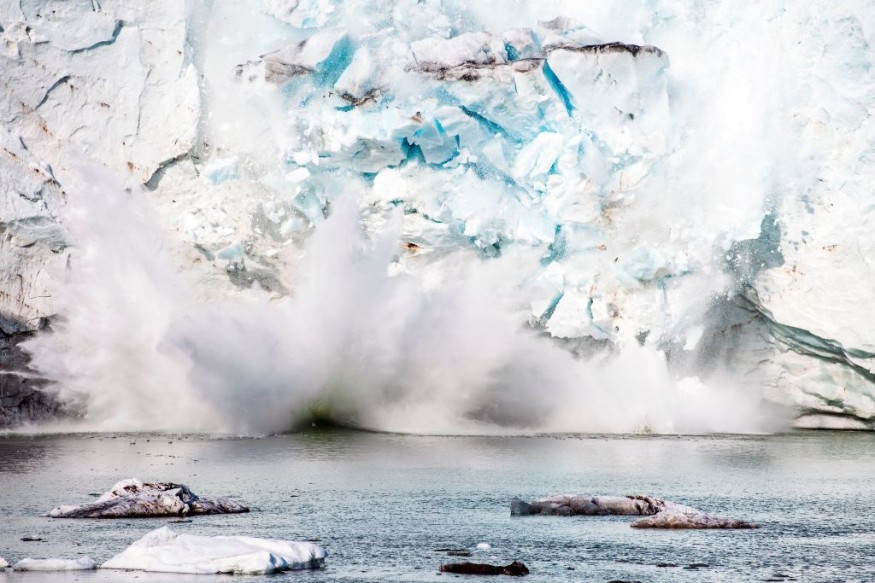
According to a study, there is a cascading effect of rising sea levels leading to seismic disturbances in the relationship between climate change and earthquakes.
Earthquakes
Earthquakes frequently occur along plate boundaries when accumulated strain energy is suddenly released, causing seismic waves and ground shaking. Intraplate earthquakes, within plates, are rarer and can happen in zones of weakness like reactivated faults. Despite efforts to predict earthquakes, uncertainties persist in forecasting their location, timing, and magnitude.
For instance, Istanbul, Turkey, faces a 62% (+/- 15%) probability of a devastating earthquake within the next 30 years. The Korean Peninsula, situated along the eastern edge of the Eurasian Plate, experiences seismic activity influenced by various zones, including Pacific-Philippine plate subduction and Indian-Eurasian plate convergence, shaping the Himalayan mountain range.
Over millennia, the Korean Peninsula has witnessed more than 4,200 earthquakes, primarily categories 1-4, with approximately 20% reaching category 5, causing structural damage. The 2016 Gyeongju earthquake, the region's largest recorded at magnitude 5.8, resulted in ground fractures and liquefaction, where water-logged sediments lose strength, causing structures to collapse. Despite advancements in understanding seismic events, the Earth's dynamic forces continue to pose challenges for comprehensive prediction and mitigation.
Glacial Cycles and Rising Sea Levels
Recent research by Man-Jae Kim and Hee-Kwon Lee from Kangwon National University, South Korea, delves into the intriguing possibility of earthquakes being influenced by Earth's glacial cycles on a global scale. Focusing on interglacial periods occurring in 100,000-year cycles, the scientists employed electron spin resonance (ESR) dating to age fault gouges. This technique involves using microwave energy to determine the age of fault materials by measuring the absorption of energy by unpaired electrons in the rock's magnetic field.
Global warming–induced #seaLevel changes could increase #earthquake risk https://t.co/2YEQjrP6qf https://t.co/SlNWk0gsMB
— Phys.org (@physorg_com) November 9, 2023
Fault gouges, found along strike-slip fault planes, where land masses interact, are clay-like layers affected by deformations caused by the movement of adjacent land masses. The Korean Peninsula's fault zones, with their complex history of alternating deformations, presented a unique study opportunity. Analyzing over 450 ESR age dates, Kim and Lee correlated paleo-earthquakes with five interglacial periods over the last 650,000 years.
These seismic events, tied to marine isotope stages 15, 13, 11, 9, and 7, coincide with rapid sea level changes resulting from the melting of expansive ice sheets during climate intervals. The researchers suggest that these shifts in sea levels might have played a significant role in triggering earthquakes during these periods.
Also Read : Hidden Antarctic Landscape with Ancient Rivers Revealed by Tracing Radio Waves in New Study
Stress From Glacial Meltwater
One theory attributes intraplate earthquakes to stress release from glacial unloading, as ice melts, reducing landmass weight. Prior research highlights the seismic stress field's impact hundreds of kilometers from the ice sheet margin. While Quaternary ice sheets might have been distant from the Korean Peninsula, the study suggests glacial meltwater loading causing rising sea levels across the Pacific Ocean may induce compressive stress on the lithosphere.
This has implications for modern seismic activity, as climate-induced glacier melting and sea level rise could potentially trigger more earthquakes. Seismic-prone areas should develop strategies to mitigate the social, environmental, and economic impacts of future earthquake events.
Related Article : Massive Iceberg Hits 2-Year-Old Penguin Refuge, Clarence Island in Antarctica, No Birds Were Hurt
© 2025 NatureWorldNews.com All rights reserved. Do not reproduce without permission.





